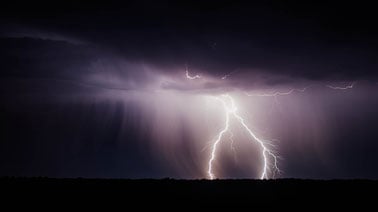- Level Foundation
- Ratings
- المدة 4 hours
- الطبع بواسطة Harvard University
- Total students 10,703 enrolled
-
Offered by

عن
The weather forecasts we see every day are based on an army of meteorological sensing networks and intensive computer modeling. Before the rise of these technologies, predictions were made by methods like discerning cloud formations and wind directions.
This course will explore the science behind weather systems by teaching the observational skills needed to make a forecast without using instruments or computer models. We'll discuss the physical processes driving weather and the global forces that shape global climate systems. Finally, we will examine the limits of prediction in both human observations and computer models.
Can the flap of a butterfly's wings in Brazil set off a tornado in Texas? Take this course to find out!
What you will learn
- The role of air, water, and wind in weather systems
- How to estimate local wind speed and direction
- How to avoid being struck by lightning
- How to identify cloud types and features
- How to describe the attributes of thunderstorms and tornadoes
- How to collect and interpret data and observations to predict the next day's weather
- The benefits and drawbacks of weather prediction methods
- The butterfly effect and its application to weather systems
Skills you learn
Syllabus
- Physical processes in weather systems
- Winds, weather masses, clouds, fronts in the temperate zones
- Other weather systems
- Weather predictions: Linear and non-linear systems
Auto Summary
Explore the fascinating science of weather with "Backyard Meteorology: The Science of Weather." This foundational course, offered by edX, delves into meteorological observation techniques and the physical processes that drive weather systems. Over 4 weeks, learn to forecast weather without relying on instruments or computer models. Ideal for personal development, this engaging course is perfect for anyone curious about the forces shaping our global climate. Subscribe now with the Starter option and discover if a butterfly's wings can truly spark a tornado!

John Huth


